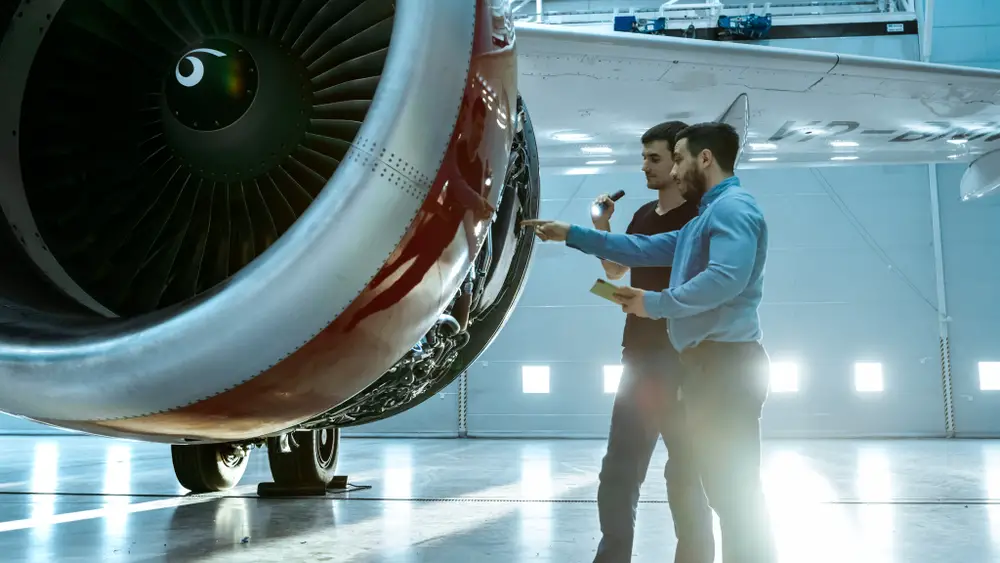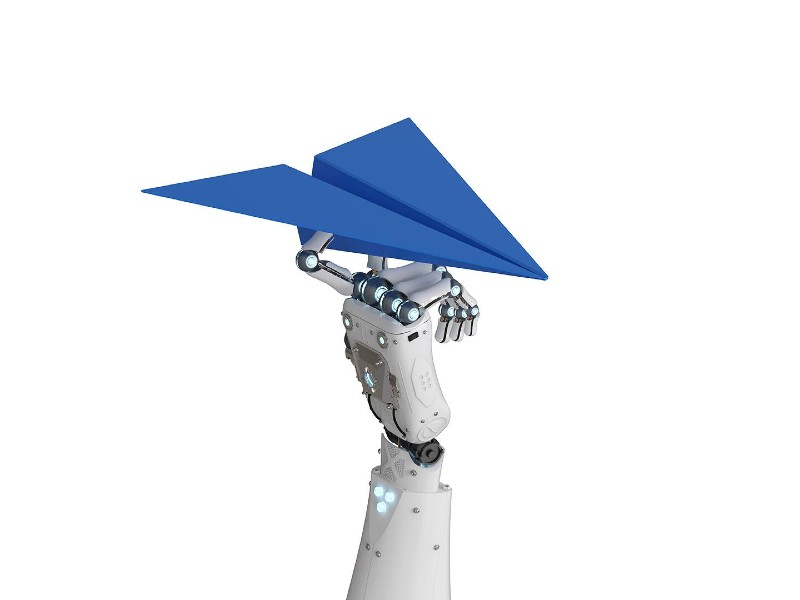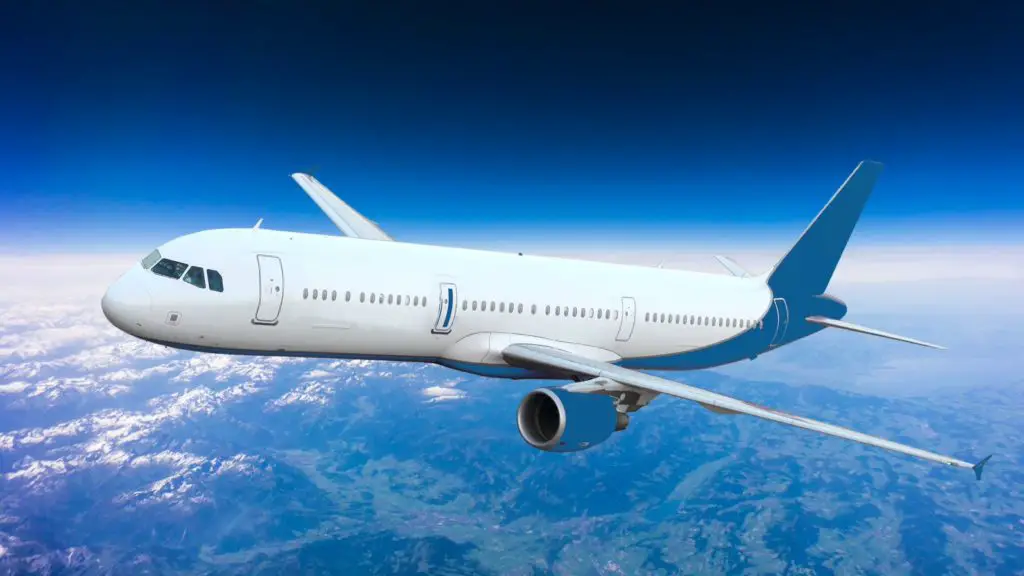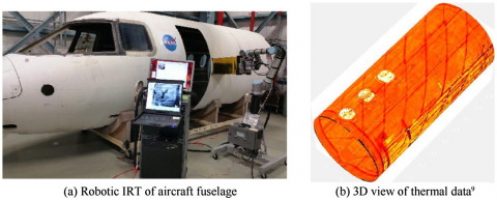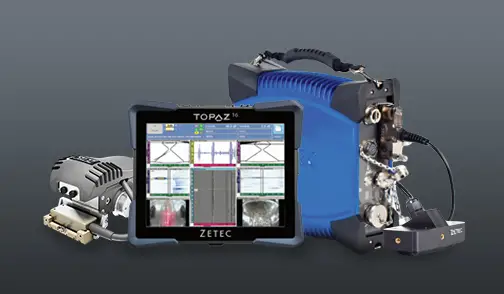
Role of AI in the Future of Military Aircraft
The use of artificial intelligence (AI) is expected to transform the future of military aircraft and aviation. AI has the potential to enhance capability and performance across a wide range of areas, from sensing and processing to decision-making and automation. This article explores the key ways AI may impact next-generation military aircraft and transform aerial warfare.
Enhanced Sensing and Processing
One major application of AI in future aircraft will be to process and make sense of massive amounts of sensor data. Modern combat aircraft are equipped with a diverse array of sensors, including radars, infrared search and track (IRST), electronic support measures (ESM), and electro-optical targeting systems. Future sensor suites are likely to become even more complex and multifunctional.
AI algorithms can help integrate and analyze this vast quantity of multispectral data far faster than human operators. Machine learning techniques can be applied to rapidly identify and classify threats, differentiate between targets, and filter out clutter and other false positives. This processing capacity could enable future AI-enabled sensors to generate a highly accurate situational awareness picture for pilots.
Some examples of enhanced sensing enabled by AI:
- Multi-domain sensor fusion – AI could stitch together data from disparate sensors across domains (air, land, sea, cyber, space) into an integrated battlefield picture. This processing would happen automatically in real-time.
- Automated target recognition – Deep learning networks can rapidly classify different aircraft types, vehicles, ships, and other targets. This would speed up decision-making in combat.
- Predictive radar tracking – AI could help predict the future flightpath and trajectory of aircraft and missiles, improving engagement opportunities.
- Electromagnetic maneuver warfare – Software defined radios coupled with AI could rapidly sense and adapt to the EM spectrum and adversary EW tactics.
- Autonomous sensor management – AI agents could dynamically task and coordinate between different onboard and offboard sensors to optimize data collection.
Enhanced Decision-Making and Mission Management
AI has the potential to accelerate and enhance decision-making and mission management for pilots. Human cognitive bandwidth is limited, especially under the stress of combat. AI decision aids could help process information and suggest optimal courses of action faster than humanly possible.
Some examples include:
- Optimized weapons pairings – AI could rapidly match weapons to targets based on factors like range, probabilities of kill, collateral damage, etc. This would enable faster engagements.
- Automated tactical deconfliction – Prevent mid-air collisions or fratricide. AI could assist with air traffic control and monitoring safe separation between friendly aircraft.
- Predictive logistics – Machine learning models can predict when aircraft need maintenance, parts replacement, etc. based on usage data. This improves mission availability.
- Dynamic mission planning – Based on the battle environment, AI could rapidly generate new routes, targeting priorities, and other recommendations to pilots in real-time.
- Simulated cockpits – High fidelity AI simulators could be used for cheaper training and mission rehearsal anytime. Reduces risks and costs.
Enhanced Aircraft Autonomy
One of the most transformative applications of AI will be increasing the level of autonomy in military aircraft. While humans will remain in control, AI automation will take on a bigger share of flying, maintenance, and mission execution tasks. Autonomy powered by AI has the benefits of being faster, more reliable, and able to operate in communications-degraded or anti-access environments.
Some examples of greater aircraft autonomy enabled by AI:
- Automatic takeoff and landing – Onboard sensors and flight control systems could automate these phases, reducing pilot workload.
- In-flight refueling – AI algorithms can control the refueling boom and aircraft movements during air-to-air refueling without human intervention. This expands mission range and flexibility.
- Formation flying – Groups of aircraft could network together and use distributed AI to coordinate positioning and movements in tight formations.
- Autonomous maneuvers – In a dogfight, AI could potentially take over flying and execute evasive maneuvers at super-human speeds and accelerations.
- Reactive damage recovery – If damaged, the aircraft AI could automatically reconfigure systems, route functions, and initiate recovery procedures faster than a human.
- Swarm behaviors – Groups of autonomous drones could coordinate via AI and swarm together for collective missions. This provides security in numbers and distributed capabilities.
Enhanced Aircraft Performance
In addition to automation, AI will be incorporated into the core flight performance aspects of military aircraft. Intelligent flight control systems, materials, propulsion technologies, and aircraft configurations will combine to enable next-gen capabilities.
Some examples include:
- Intelligent flight controls – AI-enabled flight computers can optimize control surface movements beyond human reaction times. This permits extreme maneuverability.
- Morphing wings – Aircraft wings could change shape mid-flight for optimal performance at different speeds, altitudes, and maneuvers. AI would control the morphing.
- Multi-mode engines – Hybrid electric engines with AI-assisted power management can seamlessly shift between fuel-efficient cruising and high-power combat modes.
- ** prognostics** – AI algorithms can detect early signs of aircraft structural or propulsion problems. This predicts maintenance needs.
- New aircraft configurations – AI unlocks new classes of aircraft, from tiny drones to large unmanned stealth shapes. AI also enables novel swarming airframes.
Challenges in Adopting AI
While the promise of AI for military aircraft is tremendous, there are risks, ethical concerns, and implementation challenges that must be addressed:
- Verification and validation of AI is difficult. Can we trust it in life or death scenarios? What about unintended biases?
- AI may encourage development of autonomous weapons that select and engage targets independently. This is concerning without human oversight.
- Adversarial attacks – How susceptible are aircraft AI systems to hacking, jamming, spoofing and other electronic warfare?
- Handling rare edge cases – AI models perform poorly when data is scarce. But rare situations can have disastrous consequences at supersonic speeds.
- Levels of autonomy – What is the right balance between human pilot control and independent AI for different mission sets? Where does accountability lie?
- Airworthiness certification – Qualifying increasingly autonomous aircraft designs for safe operations will require new validation approaches.
Careful research and testing will be needed to address these challenges and uncertainties around expanding AI adoption. But used responsibly, AI-enabled military aircraft have the potential to revolutionize aerial warfare capabilities and confer strategic advantages.
Frequently Asked Questions About AI and Military Aircraft
Here are some common questions about the role AI may play in future military aviation:
Will AI replace human pilots completely in the future?
It is unlikely AI will replace human pilots entirely, especially for combat roles. However, AI automation will continue taking on more flight tasks to augment and support the pilot. The optimal balance between human and machine is still being determined. Fully autonomous unmanned combat jets are possible but remain controversial.
What are the main benefits of using AI for military aircraft?
AI can enhance almost every aspect of military aviation – from sensing and processing to decision-making and aircraft performance. Key benefits include: faster reactions/maneuvers, managing huge amounts of sensor data, highlights threats, enables autonomous functions, removes human limitations, performs predictive maintenance, reduces costs through simulation training.
How is AI currently being used on military aircraft?
Current uses are limited but growing. These include flight management systems on the F-35 Joint Strike Fighter, automated ground collision avoidance systems, airspace deconfliction algorithms, predictive maintenance diagnostics, and simulated virtual training. Autonomous wingmen drones are also under development.
Could AI make flawed or unethical decisions during aerial combat?
Potentially yes, if the AI systems has biases or is not designed properly. That is why rigorous testing and validation is required, along with keeping a human in the loop for lethal decisions. AI combat behavior would be constrained by protocols and legal frameworks, just as for human pilots.
Will AI aircraft be susceptible to hacking or electronic warfare?
Like any computer system, AI aircraft could have vulnerabilities to hacking, jamming, and spoofing. Adversarial attacks will be an issue. Extensive cyber security measures and hardware redundancy needs to be incorporated into designs to make them resilient. Updates and testing will be continual.
How might AI change aerial combat tactics?
AI-enabled systems (highly networked swarming drones, hypersonic cruise missiles, etc) could drastically change aerial combat. Standoff engagements may become more common over close-in dogfighting. The speed of action and amount of coordination/deconfliction needed could far exceed human capacity without AI assistance.
Will AI make military pilots obsolete?
AI will enhance pilots’ capabilities but likely not make them obsolete, especially for manned combat aircraft. However, personnel numbers required may decrease with automation. AI also creates demand for new skillsets – like managing human-AI teaming and overseeing large autonomous drone fleets.
Could AI technology fall into the wrong hands?
Advanced AI tech like autonomous drones does proliferate and get adopted by state and non-state actors worldwide. Controlling proliferation through export controls will be challenging. But still, the most sophisticated military AI capabilities will remain with top-tier air forces due to the complexity and compute power required.
How soon will advanced AI be operational on military aircraft?
Many basic applications of AI are already operational today. But more advanced capabilities like highly automated flight or autonomous combat are still 5-15 years away from live fielding based on technology readiness levels. Fully autonomous drone swarms and pilots are further out. But investment and progress is happening rapidly.


